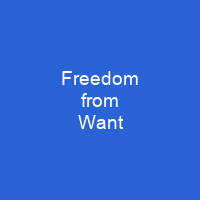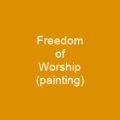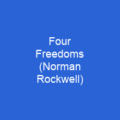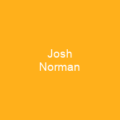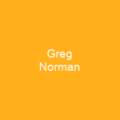Freedom from Want is the third in a series of four oil paintings by American artist Norman Rockwell. All of the people in the picture were friends and family of Rockwell in Arlington, Vermont, who were photographed individually and painted into the scene. The painting has had a wide array of adaptations, parodies, and other uses, such as for the cover for the 1946 book NormanRockwell, Illustrator.
About Freedom from Want in brief

The people are not yet eating, and the painting contrasts the empty plates and vacant space in their midst with images of overabundance. The image was popular at the time in the United States and remains so, but it caused resentment in Europe where the masses were enduring wartime hardship. In mid-November, 1942, Rockwell wrote to editor Ben Hibbs pleading that he not scrap his third work to start over. Hibbs pressured Rockwell into completing his work by warning him that the magazine was on the verge of being compelled by the government to use four-color printing, so he had to get the work published before the halftone printing was halftoned. In 1942, Hibbs explained that the illustrations only needed to address the same topic rather than be in unison rather than being in unison. Eventually, the series was widely distributed in poster form and became instrumental in the U.S. Government War Bond Drive. The Four Freedom’s theme was eventually incorporated into the Atlantic Charter, and it became part of the charter of the United Nations. In the early 1940s, the government used them to help boost patriotism. The series of paintings ran in The Saturday evening Post accompanied by essays from noted writers on four consecutive weeks.
You want to know more about Freedom from Want?
This page is based on the article Freedom from Want published in Wikipedia (as of Nov. 30, 2020) and was automatically summarized using artificial intelligence.
